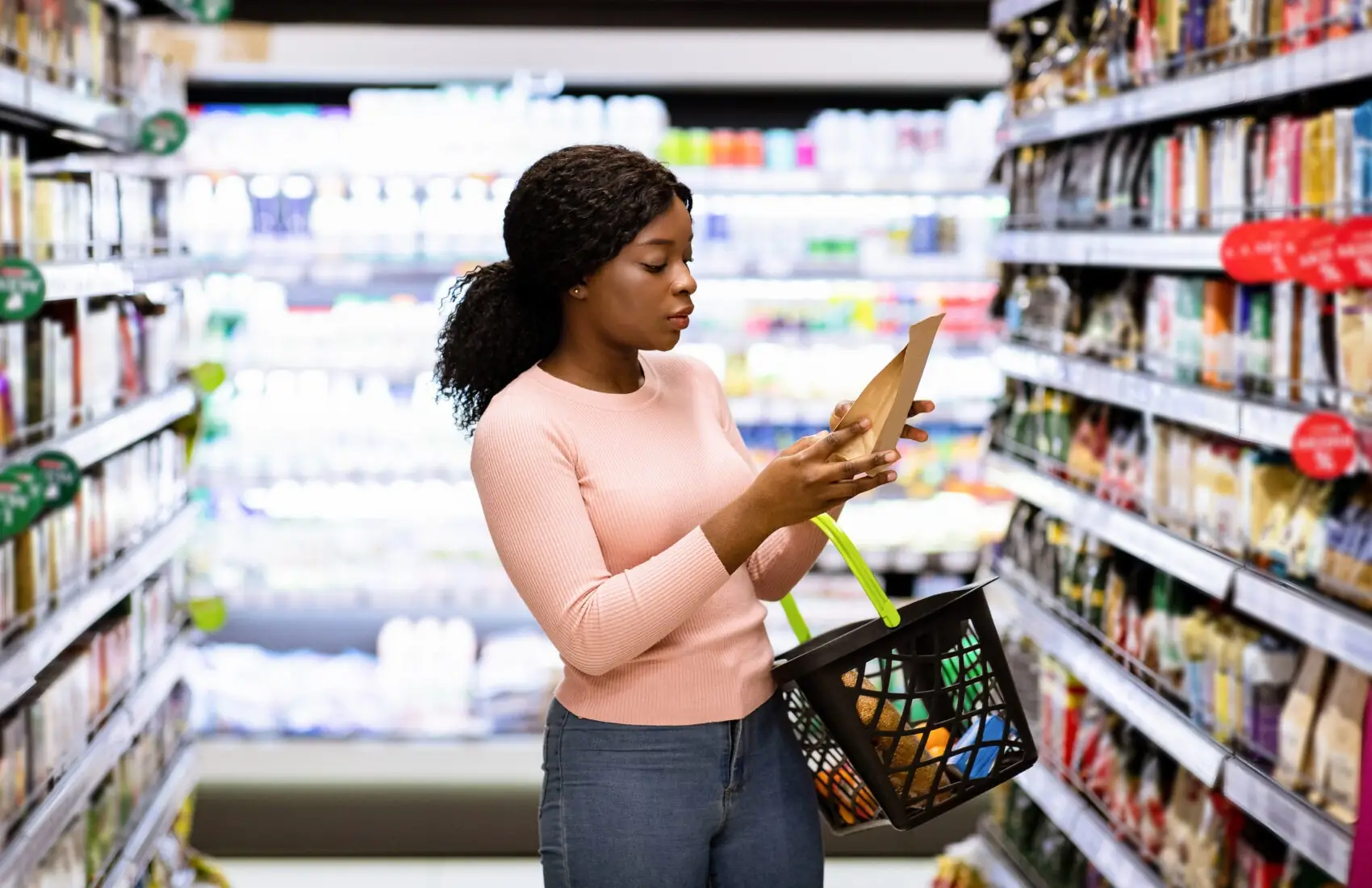Food fraud is a constant concern for the agri-food chain of the European Union. Despite the efforts of responsible operators, there are always actors seeking illicit gains by exploiting consumer trust and the reputation of food products. The EU maintains active surveillance to detect and eradicate such practices, as demonstrated by reports published in 2023:
What Do We Mean by Food Fraud?
Although there is no legal definition of food fraud in EU legislation, its enforcement is clearly reflected in the regulatory framework. Regulation (EC) No 178/2002, Article 8, establishes that food law must protect consumer interests, including the prevention of:
-
fraudulent or deceptive practices,
-
food adulteration,
-
any other practice that could mislead the consumer.
In addition, Regulation (EU) 2017/625 on official controls and Regulation (EU) 2019/1715 (IMSOC) strengthen the fight against fraud through information systems and cooperation networks such as the EU Food Fraud Network, composed of the European Commission, Europol, and liaison bodies of the Member States.
Common Types of Food Fraud
Food fraud can take many forms. Below are the main categories and representative examples:
Adulteration and tampering – modifying the composition of food in an unauthorized way. One example is the misuse of food additives, regulated by Regulation (EC) No 1333/2008. The addition of unauthorized substances or quantities above approved limits can alter the product’s appearance and mislead the consumer.
Counterfeiting – especially affecting products with Protected Designation of Origin (PDO), Protected Geographical Indications (PGI), and Traditional Specialties Guaranteed (TSG).
-
A notable case was Operation Delta India (2023) by the Guardia Civil: 2,800 inspections were carried out, 17 individuals investigated, and 19 offences related to counterfeit protected products detected.
Marketing through unauthorized channels – selling products outside legal channels can facilitate fraud. In 2022, AESAN warned of olive oil being marketed by clandestine operators, without traceability or health guarantees, which posed a risk to public health.
Misleading labeling and information – incorrect labeling or exaggerated claims can mislead consumers. Regulation (EU) No 1169/2011 governs food information, while Regulation (EC) No 1924/2006 establishes requirements for nutrition and health claims.
-
Common examples include sales names suggesting unjustified properties or formulations not compliant with legislation.
How Is Food Fraud Combated?
Competent authorities address fraud through the National Plan for Official Control of the Food Chain (PNCOCA), which includes specific actions to detect:
-
incorrect labeling,
-
document falsification,
-
lack of traceability,
-
substitution, dilution, or addition of ingredients,
-
use of unauthorized treatments,
-
intellectual property infringements.
Consequences of Food Fraud
Food fraud has consequences that primarily affect the economy and public health. Fraudulent practices in the agri-food chain are estimated to cost EU companies around €30 billion annually. However, the impact is not only economic: it can also create public health problems, undermine food quality, and damage reputations by breaking the trust of consumers, companies, and trade partners in affected sectors, official control systems, and food authenticity.
These situations lead to legal consequences in the form of administrative sanctions and also criminal penalties, depending on the type of fraud committed. Those responsible may face financial penalties or prison sentences in cases where crimes against public health are involved.
In summary, the consequences of food fraud can be grouped into three broad categories: legal, economic, and reputational.
How to Prevent Food Fraud
The best approach is to plan and forecast possible scenarios where food fraud could occur, in order to eliminate it or at least minimize its impact. It is essential to have a thorough understanding of applicable regulations when placing food on the market to avoid becoming a passive subject in a case of fraud.
It is also important to remember that the sector-wide impact of food fraud can affect businesses even if they are not directly involved. Social concern and political attention remain constant; a good example is the regular presence of food fraud in questions raised by Members of the European Parliament.
When designing a strategy to prevent the occurrence of food fraud, the most relevant points should focus on:
-
ensuring the authenticity and integrity of the entire food chain by detecting possible fraudulent or deceptive practices,
-
conducting specific analyses to identify such practices, using techniques and official control protocols.
As a result, self-monitoring measures or actions applied by the sector itself constitute the best safeguard against such practices. The role of the sector is vital, since these incidents directly affect consumer trust, and the cost of restoring that trust is extremely high for all parties involved.
Today, moreover, the digitalization of the agri-food sector has brought technological advances that strengthen prevention. The use of Big Data and artificial intelligence enables more efficient production control and ensures regulatory compliance. In this context, data spaces are becoming increasingly important, as they allow the integration and sharing of information between producers, suppliers, distributors, and other actors in the value chain. These systems guarantee transparency, security, and collaboration, while also improving efficiency, optimizing resources, and offering advanced tools for the early detection of food fraud risks.




